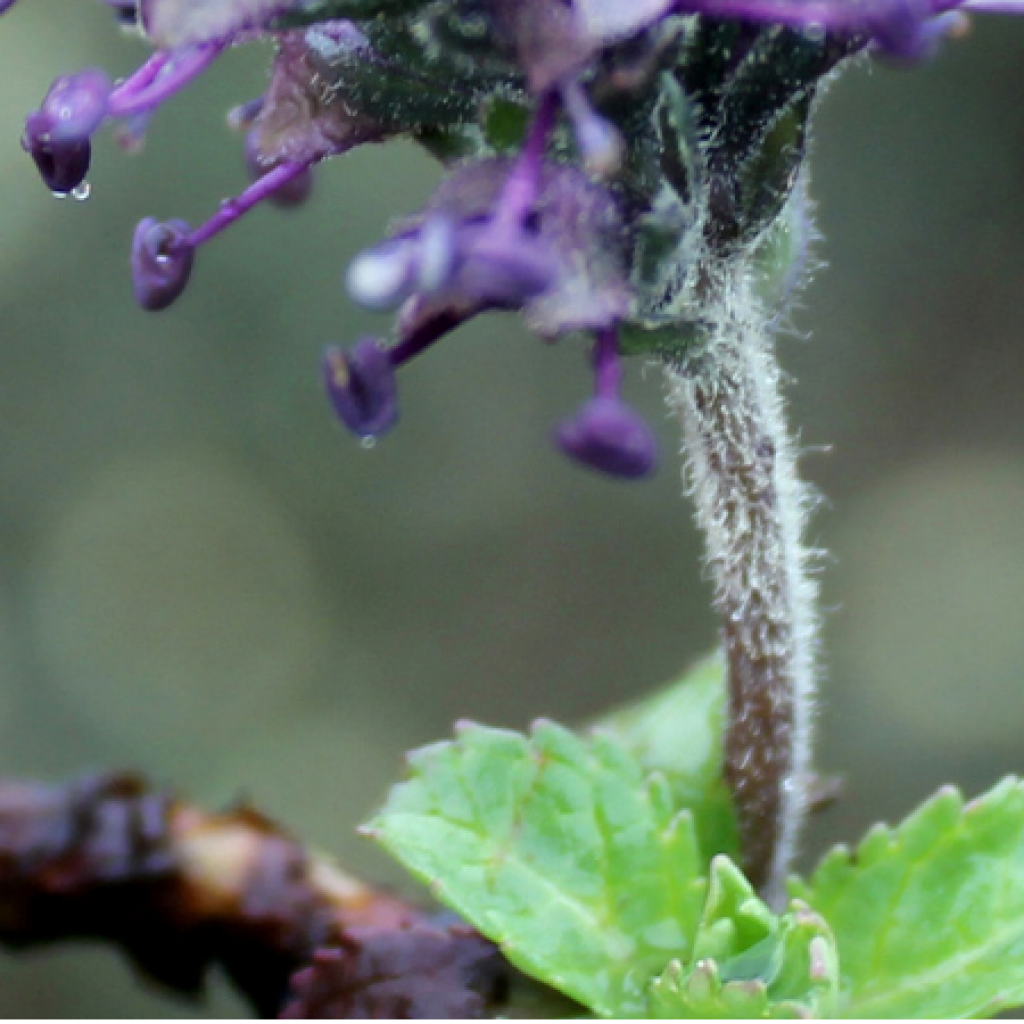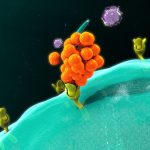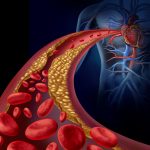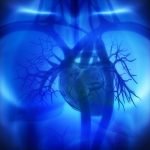Botanical Insights
Jillian Stansbury, ND
Neopicrorhiza schrophulariiflora and Picrorhiza scrophulariiflora have been used traditionally for allergies, asthma, and inflammatory disorders, including liver disease. Neopicrorhiza grows in high-altitude locales of the Himalayas and is an herbaceous perennial plant of the Scrophulariacea family whose leaves, stems, and roots are used medicinally. Picrorhiza kurroa was the species originally used in Ayurvedic medicine; however, due to severe overharvesting, it is now in danger and Neopicrorhiza is considered a comparable substitute. As few plants thrive at high altitudes, the perpetual harvest of Picrorhiza and Neopicrorhiza as a source of livelihood for mountain dwellers is not sustainable. Picrorhiza is listed among the top 15 most traded medicinal herbs in India, which has put this herb in the category of critically endangered; as a result, legal restrictions have been levied on its collection from the wild. Cell cultures are also being explored to produce picrosides and relieve sustainability pressure of overharvest of the plant1,2; increasingly, cell cultures are becoming a sustainable method of producing herbal medicines.
Picrosides & Other Constituents
Picrorhiza and Neopicrorhiza have also been used in Traditional Chinese Medicine (TCM), which has referred to the plant as “hu huang lian.” Picrorhiza kurroa is referred to as “kutki” or “kutaki” in Ayurvedic medicine, and iridoid compounds in the plant are sometimes collectively referred to kutkin. Neopicrorhiza has been used primarily as a hepatoprotective agent in Asia and in Ayurvedic medicine, but may also be used for asthma and to reduce inflammation in the lungs. Picrorhiza has been used in a variety of Ayurvedic commercial formulas for liver disease (including hepatitis) and other inflammatory diseases.3 Picrorhiza has also been used as a traditional remedy against snake venom and to treat scorpion stings.
Picrosides are among the most studied compounds and represent a group of iridoid compounds found in the plant. These iridoid glycosides have been shown to have numerous properties, such as hepatoprotective, anti-malarial, anti-inflammatory, antioxidant, antibacterial, immune-modulating anti-asthmatic, and anti-cancer. The iridoids in Picrorhiza kurroa occur in the form of glycosides, including picroside I, II, IV, and V, kutkoside, minecoside, and veronicoside, among others. Picroside I and II and kutkoside are among the most widely studied individual picrosides.3 These compounds have been shown to limit the development of experimentally induced arthritis, edema, vascular permeability, and leukocyte migration in rodents.4 Picrosides can limit the development of experimentally induced arthritis, edema, vascular permeability, and leukocyte migration in rodents.4 Neopicrorhiza also contains cucurbitacins, a group of terpenes, along with betulinic acid and the flavonoid apocynin, all credited with immunomodulating action.5 The cucurbitacins B and E, betulinic acid, picrosides, and apocynin are also credited with cytotoxic activity against HeLa cervical cancer and breast cancer cell lines.5
Effects on Respiratory Tract Inflammation
Neopicrorhiza may be included in formulas for dyspnea, tight and spastic cough, asthma, and COPD. Animal studies suggest that Neopicrorhiza may help to control respiratory inflammation in cases of lung infection and to reduce lung injury in situations of sepsis.6 Picrosides may downregulate cytokine release and response and assist in the treatment of inflammatory airway diseases.7 Picrosides may also suppress neutrophilic inflammation in acute exacerbations of COPD and attenuate inflammatory cytokine release and the resulting cascades that can contribute to acute lung injury and distress.8 A molecular compound derived from picrosides is currently in clinical trials for COPD.9 One of the picroside-based proprietary products is a mixture of iridoid glycosides (including picrosides and kutkoside) that has been shown to have moderate ability to inhibit superoxide, protect cells against hypoxia, and enhance the expression of vascular endothelial growth factor.10
Picrorhiza may be included in formulas for both acute and chronic lung disorders. Acute lung injury is a leading cause of death in intensive care units, where roughly 40% of all cases are fatal.11 As effective pharmacologic therapies for acute lung injury are lacking, Picrorhiza may be a valuable medicine. Acute lung injury can be fatal when severe inflammatory reactivity leads to hypoxemia, diffused neutrophilic infiltration, and interstitial edema in the lung. This escalation, whereby minor sepsis can rapidly lead to severe inflammation, is sometimes referred to as “septic shock”; the resulting release of inflammatory molecules creates a “cytokine storm.” US statistics reveal 800 000 annual cases of sepsis, with a mortality rate of about 27%.12
Picrosides are shown to modulate the signaling of transforming growth factor-beta (TGF-β), which may reduce these severe lung reactions.8 Bacterial sepsis is a leading cause of acute lung injury; organ failure from systemic infections often starts with respiratory distress syndrome and ends in circulatory distress and insufficiency to other organs. Gram-negative bacteria are the microbes most frequently responsible for bacterial sepsis; the production of the endotoxin lipopolysaccharide (LPS) induces proinflammatory cytokines and may trigger the domino cascade that results in acute respiratory distress.8 Many of the numerous inflammatory cytokines stimulated by LPS are drug targets for acute respiratory distress and syndromes of acute lung injury. Because amyotrophic lateral sclerosis (ALS) and acute respiratory distress syndrome (ARDS) are typically treated in hospital settings, it may be difficult for herbalists and naturopathic physicians in the United States to implement Picrorhiza as an acute therapy. In contrast, hospitals in India and China are exploring picrosides as part of an acute therapy for lung inflammation. Picrosides are shown to reduce the classical pathway of complement activation and to reduce both neutrophil-activated oxidative stress and the proliferation of T-lymphocytes.8 Animal models of sepsis and acute lung distress show picroside II to enhance bacterial clearance and exert anti-inflammatory effects, including a reduction of inflammatory cytokines.6
Effects on Respiratory Allergies
Picrorhiza and Neopicrorhiza may also be included in formulas for allergic airway disorders. Animal models of dust mite-induced asthma show picroside II to downregulate T-helper-cell-related activation of interleukins, key inflammatory mediators of asthmatic symptoms.13 Inhibition of cellular production of Th2 cytokines helps prevent elevations of immunoglobulin E, eosinophils, and mucus production. Picrorhiza may help treat airway hypersensitivity via its effects on the inflammasome, thus explaining its traditional usage in herbal formulas for asthma, bronchitis, and allergic reactivity.
Due to these immune-modulating and anti-inflammatory effects, Picrorhiza may be included in formulas for hayfever, allergic airway disorders including asthma, and chronic respiratory inflammation such as chronic bronchitis and COPD. Picrorhiza is available as a tincture, and proprietary concentrations of picrosides are used in other countries. Due to environmental concerns, always question vendors about their sources and sustainable harvesting practices.
Iridoids in Plants
| Iridoids are secondary metabolites present in various plants, especially in species belonging to the Apocynaceae, Lamiaceae, Loganiaceae, Rubiaceae, Scrophulariaceae and Verbenaceae families. Iridoids serve important defense functions in plants, with their bitter flavors often helping to deter herbivory. Iridoids play important roles in linking terpenes and alkaloids, and often occur in association with these compounds in plants. Aphid insects also use iridoid compounds as sex pheromones.14 Iridoids occur most often in the form of alkaloids and glycosides. They exhibit a wide range of anti-inflammatory effects, making them useful for cardiovascular, hepatoprotective, hypoglycemic, antimutagenic, antispasmodic, anti-cancer, antiviral, immunomodulatory, and purgative effects. Following are medicinally important iridoid compounds seen in medicinal plants. | ||
| Plant | Family | Iridoid Compound |
| Artemisia annua | (Asteraceae) | Artemisinin |
| Catalpa ovata | (Bignoniaceae) | Catalposide |
| Eucommia ulmoides | (Eucommiaceae) | Aucubin, genipin |
| Gardenia jasminoides | (Rubiaceae) | Geniposide, genipin |
| Gentiana lutea | (Gentianaceae) | Gentiopicroside |
| Harpagophytum procumbens | (Pedaliaceae) | Harpagoside, harpagide |
| Nepeta cataria | (Lamiaceae) | Nepetalactone |
| Peonia species | (Paeoniaceae) | Paeoniflorin |
| Lonicera caerulea | (Caprifoliaceae) | Loganic acid, loganin, sweroside |
| Rehmannia glutinosa | (Scrophulariaceae) | Catalpol |
References:
- Shitiz K, Sharma N, Pal T, et al. NGS Transcriptomes and Enzyme Inhibitors Unravel Complexity of Picrosides Biosynthesis in Picrorhiza kurroa Royle ex. Benth. PLoS One. 2015;10(12):e0144546.
- Kumar V, Bansal A, Chauhan RS. Modular Design of Picroside-II Biosynthesis Deciphered through NGS Transcriptomes and Metabolic Intermediates Analysis in Naturally Variant Chemotypes of a Medicinal Herb, Picrorhiza kurroa. Front Plant Sci. 2017;8:564.
- Sultan P, Jan A, Pervaiz Q. Phytochemical studies for quantitative estimation of iridoid glycosides in Picrorhiza kurroa Royle. Bot Stud. 2016;57(1):7.
- Singh GB, Bani S, Singh S, et al. Anti-inflammatory activity of the iridoids kutkin, picroside-I and kutkoside from Picrorhiza kurroa. Phytother Res. 1993;7(6):402-407.
- Mallick MN, Singh M, Parveen R, et al. HPTLC Analysis of Bioactivity Guided Anticancer Enriched Fraction of Hydroalcoholic Extract of Picrorhiza kurroa. Biomed Res Int. 2015;2015:513875.
- Huang Y, Zhou M, Li C, et al. Picroside II protects against sepsis via suppressing inflammation in mice. Am J Transl Res. 2016;8(12):5519-5531.
- Choi J, Choi BK, Kim JS, et al. Picroside II Attenuates Airway Inflammation by Downregulating the Transcription Factor GATA3 and Th2-Related Cytokines in a Mouse Model of HDM-Induced Allergic Asthma. PLoS One. 2017;12(1):e0170832.
- Noh S, Ahn KS, Oh SR, et al. Neutrophilic Lung Inflammation Suppressed by Picroside II Is Associated with TGF-β Signaling. Evid Based Complement Alternat Med. 2015;2015:897272.
- Brockwell C, Ampikaipakan S, Sexton DW, et al. Adjunctive treatment with oral AKL1, a botanical nutraceutical, in chronic obstructive pulmonary disease. Int J Chron Obstruct Pulmon Dis. 2014;9:715-721.
- Chander R, Kapoor NK, Dhawan BN. Picroliv, picroside-I and kutkoside from Picrorhiza kurrooa are scavengers of superoxide anions. Biochem Pharmacol. 1992;44(1):180-183.
- Rebetz J, Semple JW, Kapur R. The Pathogenic Involvement of Neutrophils in Acute Respiratory Distress Syndrome and Transfusion-Related Acute Lung Injury. Transfus Med Hemother. 2018;45(5):290-298.
- Coopersmith CM, Wunsch H, Fink MP, et al. A comparison of critical care research funding and the financial burden of critical illness in the United States. Crit Care Med. 2012;40(4):1072-1079.
- Choi J, Choi BK, Kim JS, et al. Picroside II Attenuates Airway Inflammation by Downregulating the Transcription Factor GATA3 and Th2-Related Cytokines in a Mouse Model of HDM-Induced Allergic Asthma. PLoS One. 2016;11(11):e0167098.
- Bhat WW, Dhar N, Razdan S, et al. Molecular Characterization of UGT94F2 and UGT86C4, Two Glycosyltransferases from Picrorhiza kurrooa: Comparative Structural Insight and Evaluation of Substrate Recognition. PLoS One. 2013;8(9):e73804.
 Jillian Stansbury, ND, has practiced in SW Washington for nearly 20 years, specializing in women’s health, mental health, and chronic disease. She holds undergraduate degrees in medical illustration and medical assisting, and graduated with honors in both programs. Dr Stansbury also chaired the botanical medicine program at NCNM and has taught the core botanical curricula for more than 20 years. She also writes and serves as a medical editor for numerous professional journals and lay publications, and teaches natural products chemistry and herbal medicine around the country. She is presently working to set up a humanitarian service organization in Peru and is studying South American ethnobotany.
Jillian Stansbury, ND, has practiced in SW Washington for nearly 20 years, specializing in women’s health, mental health, and chronic disease. She holds undergraduate degrees in medical illustration and medical assisting, and graduated with honors in both programs. Dr Stansbury also chaired the botanical medicine program at NCNM and has taught the core botanical curricula for more than 20 years. She also writes and serves as a medical editor for numerous professional journals and lay publications, and teaches natural products chemistry and herbal medicine around the country. She is presently working to set up a humanitarian service organization in Peru and is studying South American ethnobotany.





